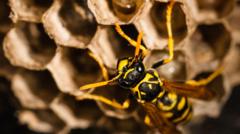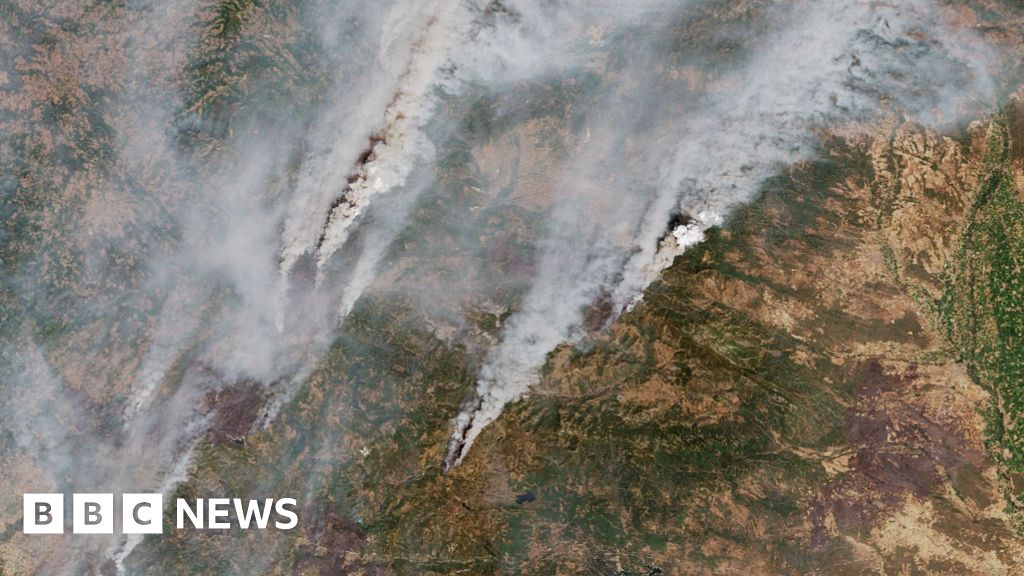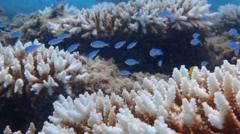A radioactive wasp nest with radiation levels ten times higher than the regulated limit has been uncovered at a former U.S. nuclear weapons manufacturing site, according to federal officials. The U.S. Department of Energy (DOE) reported that the nest was exterminated and subsequently treated as radiological waste, with no live wasps detected nearby at the Savannah River Site (SRS) in South Carolina.
The discovery, made by routine radiation inspectors on July 3, poses no immediate risk to the public or the environment, officials emphasized. The contamination reportedly results from "onsite legacy radioactive contamination," a remnant of the site's operations during the Cold War when it produced plutonium for nuclear arsenal.
Environmental groups, however, expressed their frustration over the government's management of the incident. Savannah River Site Watch's spokesman, Tom Clements, argued that further explanations are needed regarding the source of the radiation and whether leaks from the nearby nuclear waste tanks could be a concern for the community.
The site, which has been functioning since the 1950s, still houses significant amounts of liquid nuclear waste—the total exceeding 165 million gallons—and continues to operate forward, focused on providing nuclear materials for energy production rather than weapons. Despite the raised alarm regarding the nest, the Department of Energy reassured that contamination levels surrounding the site remain within safe limits and that there were no implications for site workers or local ecosystems. As it stands, 43 of the underground tanks are still operational, while eight have been decommissioned.





















